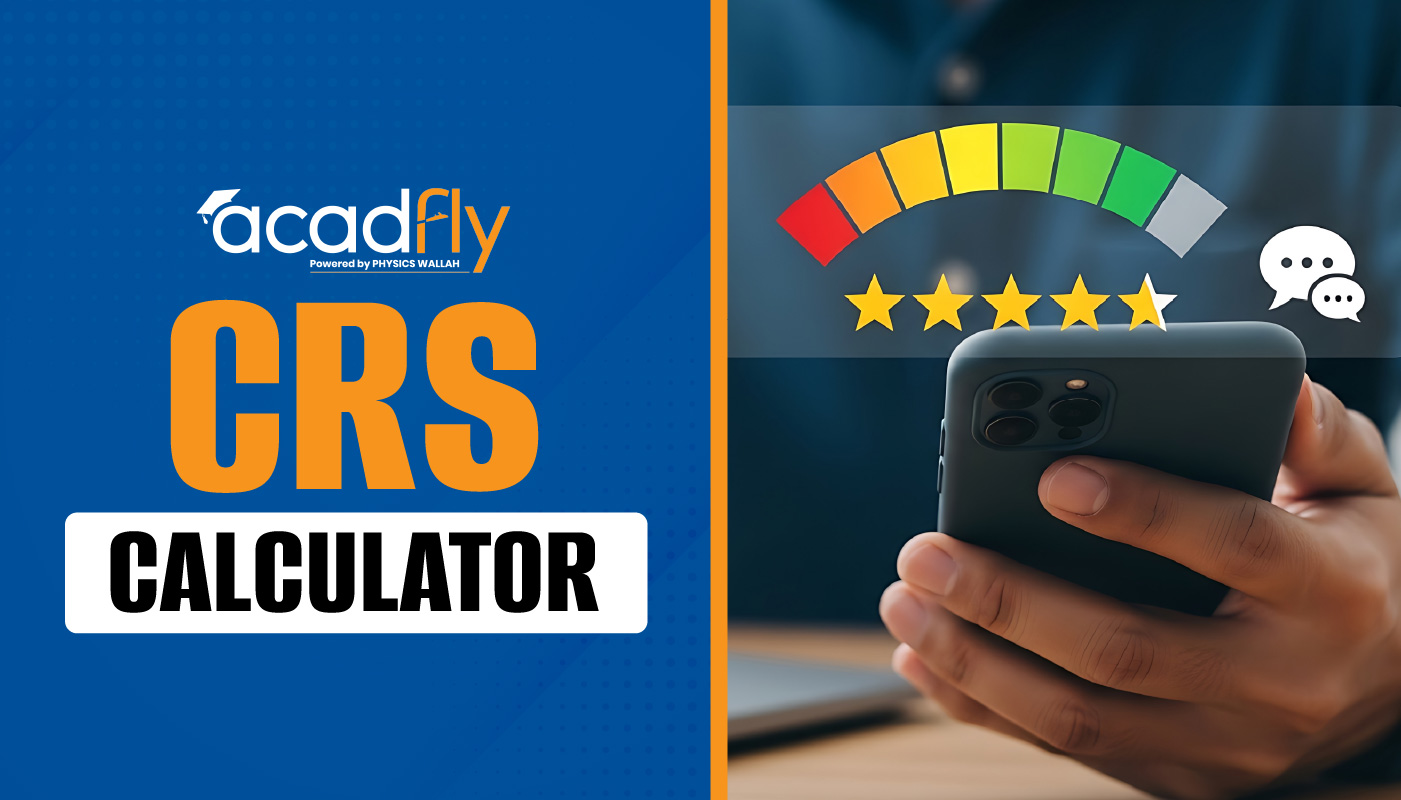
In TOEFL preparation, mastering reading comprehension is crucial for scoring well on the exam. A key strategy to excel in the reading section is learning how to skim and scan effectively. These techniques help you extract essential information from lengthy passages in a short period, allowing you to answer questions accurately and quickly. In this article, we will explore TOEFL reading skimming techniques in detail, along with scanning strategies to make your preparation more efficient and effective.
The Importance of Skimming for TOEFL Reading
TOEFL reading passages can be long and complex, often filled with academic terminology and dense ideas. Many test-takers find themselves struggling to read and understand everything due to time constraints. This is where skimming becomes essential. Skimming allows you to grasp the general idea of the passage quickly without having to read every single word. By mastering this technique, you save valuable time during the test while focusing on the questions that matter most.
Skimming helps in identifying the overall structure and main themes of a passage, enabling you to prioritize what needs more detailed reading. It’s an efficient way to manage the reading section without getting bogged down by excessive information. By honing your skimming skills, you can swiftly navigate through the passage and identify where specific details are likely to be found.
Understanding What Skimming Means
Skimming is not about skipping or speed-reading; instead, it’s about reading in a selective, strategic manner. While reading, you focus on keywords, headings, subheadings, and topic sentences to gather the main ideas. In TOEFL reading, passages are often structured in a way that the core ideas are distributed across the introduction, topic sentences, and conclusions. The body of the text usually consists of supporting details, which you can return to after skimming when specific information is needed.
How Skimming for TOEFL Reading Helps
Skimming techniques are vital in TOEFL reading because they help you quickly identify the passage's central ideas without diving too deeply into unnecessary details. You don’t need to understand every word to answer the questions, especially when you have limited time to complete the entire reading section. Skimming provides you with a blueprint of the passage, allowing you to understand where critical information lies. When you encounter questions that require specific answers, you can return to those areas of the passage for a more detailed read.
How to Skim for TOEFL Reading
Skimming for TOEFL reading requires focus, practice, and methodical reading. Begin by reading the title and the first paragraph of the passage carefully, as they usually contain the main idea or theme. Next, glance through the topic sentences of each subsequent paragraph, which often reveal the point being made in that section. Pay attention to transitional words and phrases such as “therefore,” “however,” and “in conclusion,” which indicate shifts in the argument or summary of points.
As you skim, underline or mentally note any keywords or phrases that appear significant, such as dates, names, places, and academic terms. These are often linked to questions you’ll encounter later. Once you’ve skimmed the entire passage, you should have a rough understanding of its structure and content.
Scanning Strategies for TOEFL Reading
While skimming provides a general overview, scanning is another essential technique to use alongside it. Scanning allows you to find specific information within a passage quickly, such as dates, names, or definitions. This technique is particularly useful when answering factual or detail-oriented questions in the TOEFL reading section.
Scanning involves moving your eyes rapidly over the text to locate particular details. You’re not reading every word but looking for keywords that stand out. By combining skimming and scanning, you can create a powerful strategy to tackle the TOEFL reading section more effectively.
What Is Scanning?
Scanning differs from skimming in that you are looking for specific pieces of information rather than a general understanding of the text. While skimming helps you know where to find critical details, scanning allows you to pinpoint them without re-reading the entire passage. For example, if a question asks about the year a particular event took place, scanning helps you find that year within the passage by quickly moving your eyes over the relevant section.
Effective Scanning for TOEFL Reading
To scan effectively, start by identifying the type of information you need. Is it a name, date, or specific term? Once you know what you’re looking for, use visual cues such as bolded text, numbers, or proper nouns to guide you. Start scanning from the section of the passage that seems most relevant based on your earlier skimming. When you spot the information, pause to read that part in more detail to ensure you’ve found the correct answer.
Integrating Skimming and Scanning for Optimal TOEFL Reading Performance
The most effective TOEFL reading strategy involves using both skimming and scanning techniques in tandem. Skimming allows you to quickly understand the overall theme of the passage, while scanning helps you find detailed information needed to answer specific questions.
Here’s how you can integrate both techniques effectively:
-
Skim the passage first to get a sense of the topic and general structure. Pay attention to the title, introductory paragraphs, and topic sentences in each section.
-
Identify key questions and what information you need to answer them. This will help you decide when to scan for specific details within the text.
-
Scan the text when you need to locate particular information like dates, facts, or definitions. Focus on scanning the sections you skimmed earlier that seemed most relevant to the questions.
When combined, these strategies save time and increase your accuracy in answering TOEFL reading questions. By practicing skimming and scanning, you’ll be better prepared to handle even the most challenging reading passages.
TOEFL Reading Comprehension Skimming: A Closer Look
Reading comprehension in TOEFL requires more than just understanding words; it’s about grasping the underlying meaning, and relationships between ideas, and recognizing patterns in the text. TOEFL reading comprehension skimming goes a step beyond surface-level reading. It involves absorbing enough information to answer the comprehension questions effectively without getting lost in details.
In TOEFL reading, the questions often test your ability to infer meanings, draw conclusions, and understand the purpose of the text. Skimming for comprehension requires identifying not just what the passage is saying but why it’s being said. This involves recognizing the author’s tone, perspective, and the overall argument being made.
Skimming for Main Ideas and Themes
When skimming for comprehension, you should focus on identifying the main ideas of each section of the passage. The main idea is usually found in the first or last sentence of a paragraph or the introduction and conclusion of the passage. Understanding the main idea allows you to answer questions related to the general theme or argument of the passage without needing to dig into every detail.
How to Practice TOEFL Reading Comprehension Skimming
To practice TOEFL reading comprehension skimming, start with shorter texts and gradually move to more complex ones. Read academic articles or essays, and try skimming for the main ideas and overall themes. Then, challenge yourself to answer comprehension questions based on your skimming. Over time, you’ll develop the ability to quickly grasp the essence of a passage without needing to read every word.
Overcoming Common Challenges in TOEFL Reading
Many test-takers struggle with the reading section due to its dense content and time pressure. However, by mastering skimming and scanning techniques, you can overcome these challenges. One of the most common issues is running out of time while reading. By skimming, you ensure that you’re getting the gist of the passage without getting bogged down in unnecessary details.
Another challenge is understanding complex vocabulary and ideas. Skimming helps you bypass some of these obstacles by focusing on the main points of the text rather than getting stuck on individual words. Additionally, if a question requires more detail, scanning allows you to quickly find and interpret the specific information needed.
Improving Your Skimming and Scanning Skills
Improving your skimming and scanning skills requires practice and patience. These techniques may not come naturally at first, but with regular practice, you’ll notice a significant improvement in your reading speed and comprehension. Here’s how you can enhance your skills:
Practice with timed readings:
Set a timer and practice skimming and scanning with academic articles or TOEFL practice passages. The goal is to extract the essential information within a set period.
Use a variety of texts:
Practice skimming and scanning across different subjects to become familiar with various writing styles and vocabulary. This prepares you for the diverse range of topics you may encounter in the TOEFL exam.
Focus on keywords:
As you skim, underline or highlight important keywords and phrases. This helps you quickly identify what’s important in a passage.
Answer questions:
After skimming and scanning a passage, test your comprehension by answering questions about the text. This will reinforce your ability to quickly find and understand information.
Frequently Asked Questions
1. What is the best way to practice skimming for TOEFL reading?
2. Can skimming alone help me answer all TOEFL reading questions?
3. How does scanning differ from skimming in TOEFL reading?
4. What are some common mistakes when skimming for TOEFL reading?
5. How can I improve both my skimming and scanning skills?









